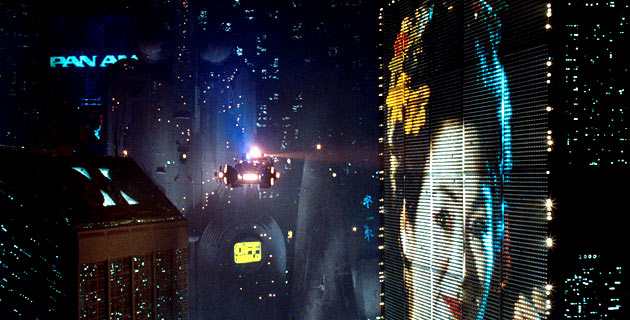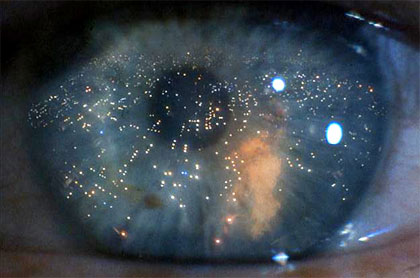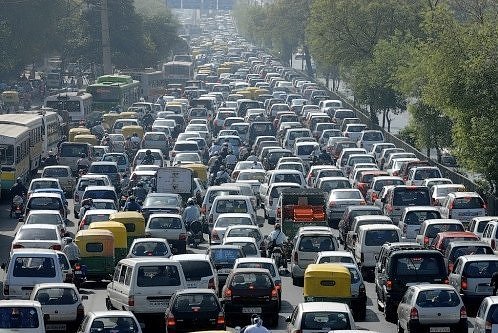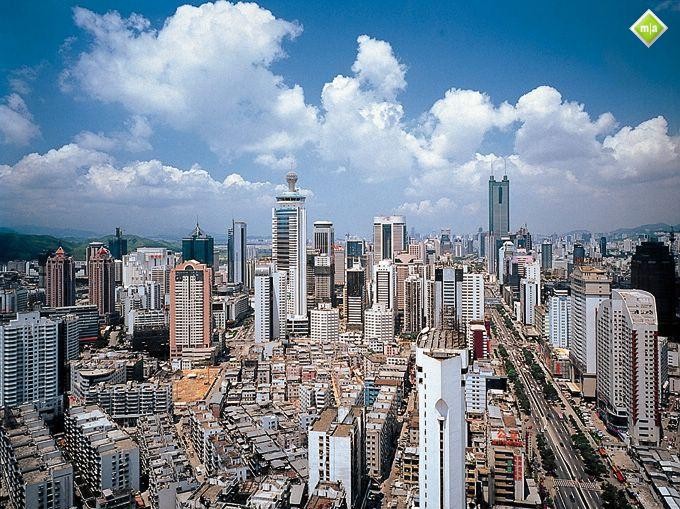Installment 1, Applied Science Fiction
I am posting excerpts from an academic paper and hope that my insanity plays out somewhat legibly to you.
I am obsessed with relationships for better or worse, what do we see our relationship is to world. There are answers, ugly and beautiful. I am fortunate enough to find answers everywhere around me, in every stride through my day.
I study geography and environmental issues for justice and conservation.
I am affected…..
The very idea of existing is a perplexing concept, but once the human mind gets past that, what becomes of the responsibility of life the species is relegated to? In Blade Runner, set in 2019 Los Angeles, one comes face to face with a synthetic world in which humans have forgotten their responsibility of life and bypassed any attempts of conservancy for their power of rational, all the while exploiting the privilege of independence. A world exists on top of the ruins of life, the end of empathy, and the vacancy of autonomous valor. Sound and design through out this film create profound meaning and go well beyond symbolic reference, acting more as a direct fabrication for a fragmented world. These elements work together to call to attention the viewer, and where he or she exists in this world, the meaning of Blade Runner is not a statement as much as it is a question; what is the human relationship to the world around him or her. Sound and mise-en-scene urge the contemplation of what human choices are why they are made, and eerily foreshadow the end of the line for the current human social standards. I do not revisit this film to dissect one particular meaning, because like one single human life, there is an infinite strata of complexities to the content of this film. I have an ongoing relationship with this film because I am certain I have found a parallel in this film between the film makers choice in sound and set design and the pace of human relationships with the natural environment.
“We are only at the dawning of (as far a SF cinema is concerned) a visual sociology-fiction of the first degree, which shows much more than it explains by borrowing its images from the proliferating decors of comic-strip art”, this from an academic essay about Blade Runner in which the author claims the film falls fatally short of meaning, and exists only as a visual spectacle. This is an alarmingly stunted perspective, because both the sound and mise-en-scene of Blade Runner prove otherwise.
In an early scene, where Deckard is sitting in the city, use of an array of diegetic sounds including, rain fall, people talking in the foot traffic, street minstrels, flickering neon lights, advertising campaigns playing on megatrons, and sounds of food vendors cooking, the film create a congested and crowded atmosphere. The arrangement of multiple sounds in this scene is crucial because this scene is the introduction to the urban climate for Blade Runner. Additionally when Deckerd approaches the food vendor to order food, there is a foreign language being spoken by the cook, and then by the approaching character Gaff. The language from Gaff is called “City Speak”, and is a fabricated hybrid of actual languages including Hungarian. The sound of the made up language, is harsh or gutteral and choppy, which supports a feel of disparate socialization in 2019 Los Angeles. To make this clearer, the use of recognizable languages such as Spanish and English in this scene would not create the same chaotic resonance, instead it would have been more comforting or identifiable languages. Also, the fact that all three languages are introduced in this one early scene is a reminder of the vast differences, the complex variations and potential in human beings. Often, in the real world, people are charmed by melting pots and forced to confront differences. With these differences comes challenge for people to explore new thoughts and this is manipulated in Blade Runner through the array of languages in this single scene. Flattering the sounds, mise-en-scene supports the development of meaning and work seamlessly with the soundtrack to establish a city in which human beings are dismantling the world around them. The establishing shot opens with cars that fly through the sky, yet the sky is never actually seen. There are skyscrapers, cables and megatrons in every direction. Once the camera tilts to the ground level, the blocking shows a crowded city, in which people are everywhere yet appear faceless. Often the people in the city are masked by either use of blocking or costumes. Cloak style clothes, goggles, and umbrellas are everywhere in this scene, limiting the identity of individuals. This would be suggestive of the irrelevance of human life, yet the umbrellas play with two sides of meaning. The umbrellas hide people while establishing the idea that human life is not affected by the natural environment. In fact, neither weather nor time of day is a factor for human consideration, as both elements of the natural environment are subterfuged by the technology of light up umbrellas. Why pay attention to any climate change if a device can be made to evade the nuisances? A key moment where sound and mise-en-scene relish together is when the reframing pans and tilts down over a neon light, the sound of the light is exacerbated to call attention to the synthetic prop, one of the many neon lights. “More than simply a device then, to ensure the plausible appearance of the city’s buildings, the process of “layering” or “accumulated progress” also serves to develop metaphoric argument based upon sight which answers the question raised by the film about what makes one human.”
Any and all sources used for this collection of work will be credited at the end of the installments. If you are interested in knowing where a quote came from before then, please feel free to comment and I will post the information to books, films, or scholarly articles used in these analysis. Thanks!
;
;




Thanks for dropping in!